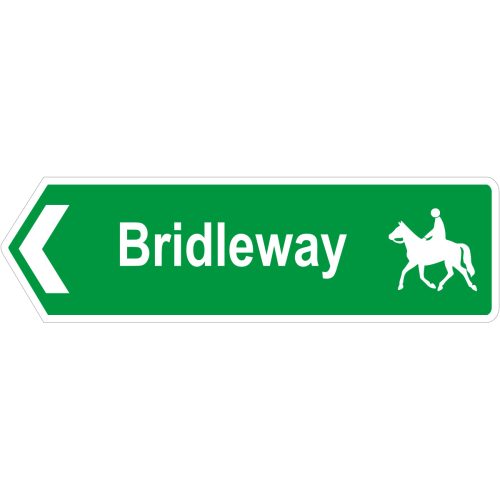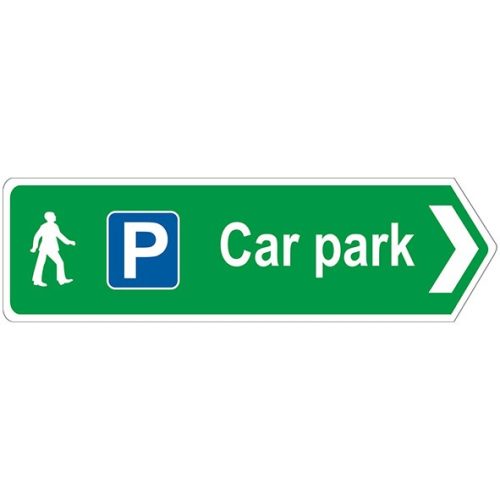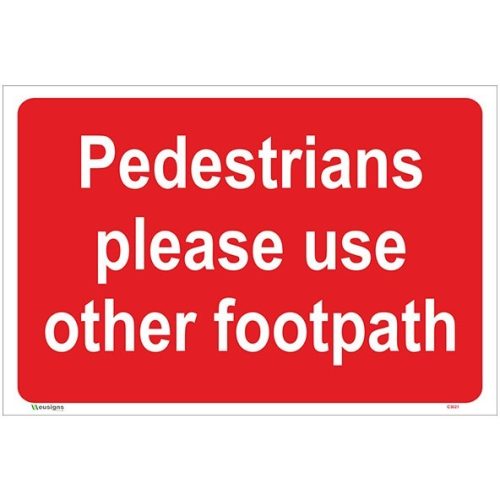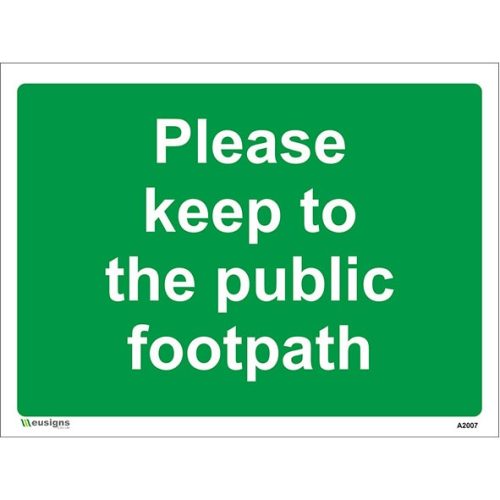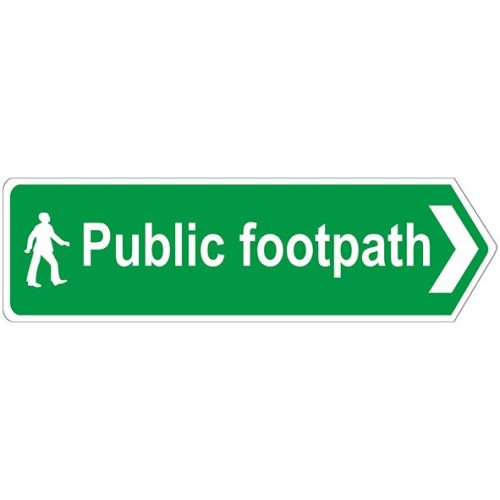Filter by price
Introduction to Footpath Signs
Promoting Safety and Guidance
When it comes to navigating outdoor spaces, footpath signs play a crucial role in ensuring safety and providing clear directions.
Importance of Footpath Signs
Whether it’s a public park, a nature trail, or a recreational area, footpath signs are designed to enhance the overall experience of pedestrians and ensure they stay on the designated paths. In this section, we will explore the significance of footpath signs and their role in maintaining order and safety.
Types of Footpath Signs
Wayfinding Signs:
Wayfinding signs are essential for guiding pedestrians along paths and trails, ensuring they reach their desired destinations without confusion. These signs typically display directional information, including arrows, maps, and distance markers. They are strategically placed at key junctions, intersections, and decision points to provide clear guidance and prevent people from getting lost.
Safety and Cautionary Signs:
Safety signs are crucial for alerting pedestrians to potential hazards and promoting responsible behaviour on footpaths. These signs include warnings about steep slopes, uneven surfaces, wildlife encounters, and other potential dangers. They aim to minimise accidents, injuries, and environmental impact. By adhering to UK legislation, such as the Countryside and Rights of Way Act 2000, footpath signs contribute to maintaining the integrity of the surrounding environment and ensuring visitors’ safety.
Compliance with UK Legislation
Countryside and Rights of Way Act 2000:
The Countryside and Rights of Way Act 2000 in the UK governs public access to the countryside, including footpaths, bridleways, and open spaces. It emphasises the importance of clear signage to guide walkers and maintain the rights of landowners. Footpath signs play a crucial role in upholding the rights and responsibilities of both visitors and landowners, ensuring a harmonious coexistence.
British Standards for Wayfinding Signs:
To ensure consistency and quality, footpath signs must comply with British Standards. The most relevant standard for footpath signs is BS EN 12899, which provides specifications for traffic signs and road markings. Adhering to these standards guarantees that the signs are visible, durable, and meet the necessary requirements for outdoor environments.
Customisation and Design Options
Materials and Durability:
Footpath signs are available in a variety of materials suitable for outdoor use. Common options include weather-resistant materials like aluminium, stainless steel, or durable plastics. These materials ensure the signs can withstand exposure to the elements and remain visible and intact for an extended period.
Custom Branding and Information:
Footpath signs can be customised to match your specific needs and branding. Whether you require specific colour schemes, logos, or additional information, customisation options allow you to create signs that align with your organisation’s identity. Additionally, you can include interpretive panels or educational content to enhance visitors’ experience and provide valuable information about the surrounding area.
Installation and Maintenance
Proper Placement and Visibility:
Installing footpath signs in the right locations is crucial for their effectiveness. Signs should be placed at strategic points along the footpaths, ensuring they are easily visible to pedestrians. Consider factors such as line of sight, proximity to intersections, and avoiding any obstructions that could hinder visibility. By following guidelines set by local authorities and landowners, you can ensure the signs are placed in optimal positions for maximum impact.
Regular Inspection and Maintenance:
To uphold the integrity of signs and ensure their longevity, regular inspection and maintenance are essential. Weather conditions, vandalism, and general wear and tear can affect the visibility and durability of the signs over time. Implement a routine inspection schedule to check for any damage, fading, or illegibility. Promptly repair or replace any signs that require attention to maintain their effectiveness and provide accurate information to pedestrians.
Guiding Pedestrians
Footpath signs play a vital role in enhancing safety, guiding pedestrians, and preserving the integrity of outdoor spaces. By complying with UK legislation, including the Countryside and Rights of Way Act 2000, and adhering to British Standards, these signs provide clear directions and warnings while promoting responsible behaviour. Customisation options allow for branding and informative content, further enriching the visitor experience. Through proper placement, regular maintenance, and ongoing monitoring, footpath signs continue to contribute to safe and enjoyable journeys for pedestrians exploring the diverse landscapes of the UK.
Introduction to Footpath Signs
Promoting Safety and Guidance
When it comes to navigating outdoor spaces, footpath signs play a crucial role in ensuring safety and providing clear directions.Importance of Footpath Signs
Whether it's a public park, a nature trail, or a recreational area, footpath signs are designed to enhance the overall experience of pedestrians and ensure they stay on the designated paths. In this section, we will explore the significance of footpath signs and their role in maintaining order and safety.Types of Footpath Signs
Wayfinding Signs:
Wayfinding signs are essential for guiding pedestrians along footpaths and trails, ensuring they reach their desired destinations without confusion. These signs typically display directional information, including arrows, maps, and distance markers. They are strategically placed at key junctions, intersections, and decision points to provide clear guidance and prevent people from getting lost.Safety and Cautionary Signs:
Safety signs are crucial for alerting pedestrians to potential hazards and promoting responsible behaviour on footpaths. These signs include warnings about steep slopes, uneven surfaces, wildlife encounters, and other potential dangers. They aim to minimise accidents, injuries, and environmental impact. By adhering to UK legislation, such as the Countryside and Rights of Way Act 2000, footpath signs contribute to maintaining the integrity of the surrounding environment and ensuring visitors' safety.Compliance with UK Legislation
Countryside and Rights of Way Act 2000:
The Countryside and Rights of Way Act 2000 in the UK governs public access to the countryside, including footpaths, bridleways, and open spaces. It emphasises the importance of clear signage to guide walkers and maintain the rights of landowners. Footpath signs play a crucial role in upholding the rights and responsibilities of both visitors and landowners, ensuring a harmonious coexistence.British Standards for Footpath Signs:
To ensure consistency and quality, footpath signs must comply with British Standards. The most relevant standard for footpath signs is BS EN 12899, which provides specifications for traffic signs and road markings. Adhering to these standards guarantees that the signs are visible, durable, and meet the necessary requirements for outdoor environments.Customisation and Design Options
Materials and Durability:
Footpath signs are available in a variety of materials suitable for outdoor use. Common options include weather-resistant materials like aluminium, stainless steel, or durable plastics. These materials ensure the signs can withstand exposure to the elements and remain visible and intact for an extended period.Custom Branding and Information:
Footpath signs can be customised to match your specific needs and branding. Whether you require specific colour schemes, logos, or additional information, customisation options allow you to create signs that align with your organisation's identity. Additionally, you can include interpretive panels or educational content to enhance visitors' experience and provide valuable information about the surrounding area.Installation and Maintenance
Proper Placement and Visibility:
Installing footpath signs in the right locations is crucial for their effectiveness. Signs should be placed at strategic points along the footpaths, ensuring they are easily visible to pedestrians. Consider factors such as line of sight, proximity to intersections, and avoiding any obstructions that could hinder visibility. By following guidelines set by local authorities and landowners, you can ensure the signs are placed in optimal positions for maximum impact.Regular Inspection and Maintenance:
To uphold the integrity of footpath signs and ensure their longevity, regular inspection and maintenance are essential. Weather conditions, vandalism, and general wear and tear can affect the visibility and durability of the signs over time. Implement a routine inspection schedule to check for any damage, fading, or illegibility. Promptly repair or replace any signs that require attention to maintain their effectiveness and provide accurate information to pedestrians.Conclusion
Footpath signs play a vital role in enhancing safety, guiding pedestrians, and preserving the integrity of outdoor spaces. By complying with UK legislation, including the Countryside and Rights of Way Act 2000, and adhering to British Standards, footpath signs provide clear directions and warnings while promoting responsible behaviour. Customisation options allow for branding and informative content, further enriching the visitor experience. Through proper placement, regular maintenance, and ongoing monitoring, footpath signs continue to contribute to safe and enjoyable journeys for pedestrians exploring the diverse landscapes of the UK.Shop by Categories
- Health and Safety Signs
- First Aid Signs
- Construction Signs
- Warning Signs
- Footpath Signs
- Combination Safety Signs
- Protective Equipment Signs
- Office Signs
- Social Distancing Essentials
- CCTV in Operation Signs
- Information Signs
- Garage Signs
- Health & Safety Posters
- Door Signs
- Health and Safety Stickers
- Custom Printed Banners
- Printed Business Stationery
- Workwear
- Deals
